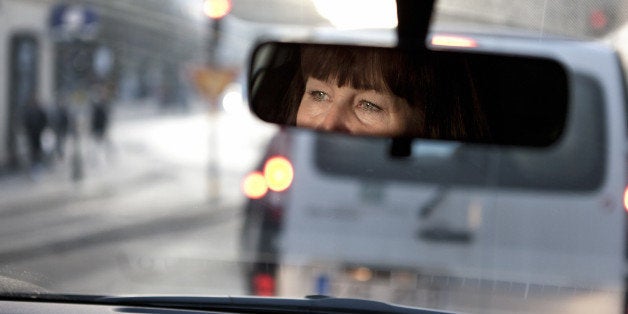
A new report shows the number of people who actually fall asleep behind the wheel — and it seems to be highly dependent on how much sleep the person got the previous day.
The report was conducted by the Centers for Disease Control and Prevention and is based on data from 92,102 people in 10 states and Puerto Rico gathered from 2011 to 2012.
Four percent of people said they fell asleep while driving in the last 30 days. Among people who said they had two weeks or more of insufficient rest or sleep in the last 30 days, 6.2 percent said they had fallen asleep while driving in the same period. That's twice as many as the 3.2 percent of people who did not report frequent insufficient sleep and who also fell asleep while driving in the last 30 days.
Sleep duration was not the only contributing factor to drowsy driving, according to the study. Researchers found that binge-drinkers were more likely to report drowsy driving than people who didn’t binge drink or people who didn’t drink alcohol at all. Seatbelt use also seemed to be a predictor: 3.9 percent of people who said they always or almost always wear seat belts reported drowsy driving, compared with 6.6 percent of people who said they sometimes, seldom or never wear seat belts.
Age and sex were also factors. Younger people were more likely to report drowsy driving: 5.9 percent of people ages 18 to 24, compared with 1.8 percent of people age 65 and older. And 5 percent of men reported drowsy driving, compared with 3 percent of women.
Drowsy driving is a culprit in as many as one in four fatal car accidents each year, making it important to understand who is most at risk for drowsy driving.
“Drivers should recognize the symptoms of drowsiness and respond appropriately when on the road. Symptoms of drowsiness include frequent yawning or blinking, difficulty remembering the past few miles driven, missing exits, drifting from a lane, or hitting a rumble strip,” the report said. “Drivers are advised to get off the road and rest until no longer drowsy or change drivers if they experience these symptoms. Turning up the radio, opening the window, and turning up the air conditioner have not proven to be effective techniques to stay awake.”